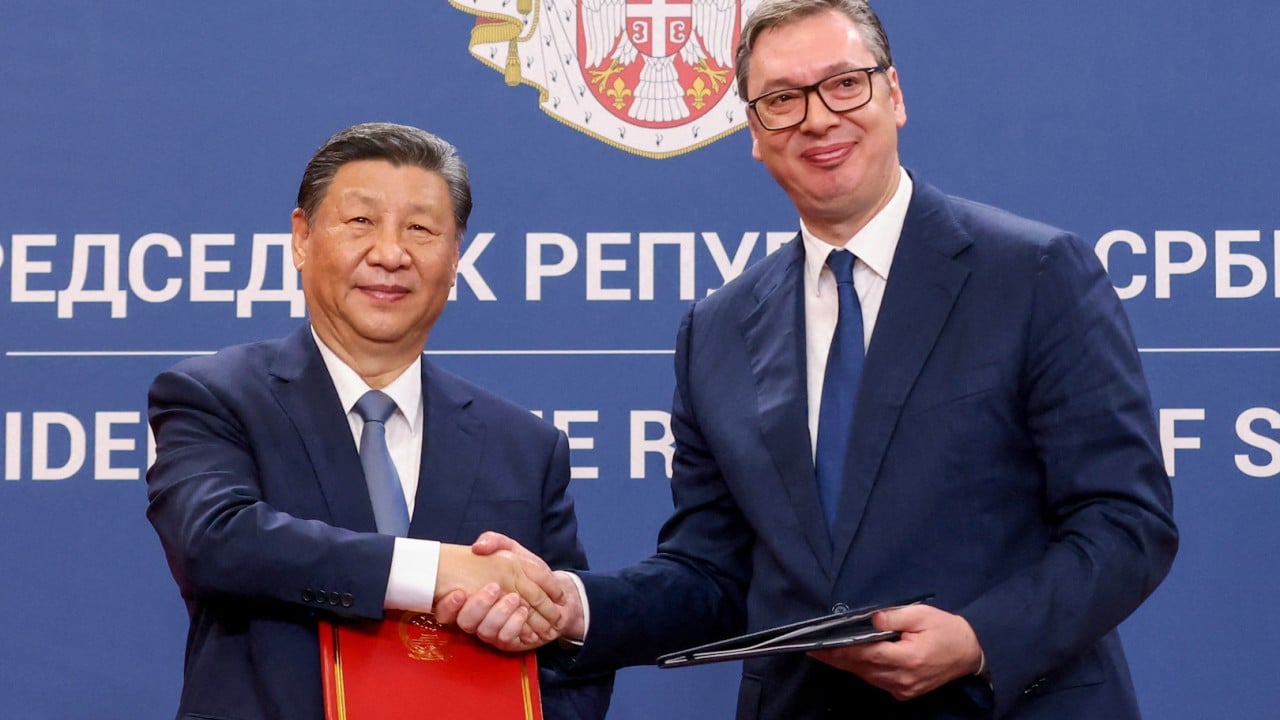EU’s Strategic Dilemma: Bridging Divisions for a Stronger Economic Union
The Divide Within
For the European Union, the divisions between western Europe and central and eastern nations present a strategic dilemma and a threat to the economic union. The differences in economic development, political ideologies, and historical experiences have created a rift that challenges the cohesion of the EU as a whole. Western European countries, such as Germany and France, have long been viewed as the economic powerhouses of the EU, while central and eastern European nations are still in the process of catching up in terms of economic growth and development.
China’s Grand Strategy
On the other side of the globe, China has made it clear which states it can draw upon in its grand strategy to reassert global power. Through its ambitious Belt and Road Initiative, China has sought to strengthen its economic and political alliances with countries in central and eastern Europe. China’s investments in infrastructure projects and trade partnerships in the region have raised concerns among western European nations, who fear losing their influence in the region to China’s growing economic presence.
The Impact on the EU and Its Member States
The divide between western and central/eastern European nations poses a significant challenge for the EU’s efforts to maintain a unified front in the face of external pressures, such as China’s rising influence. If the EU is unable to bridge these divisions and address the disparities in economic development and political values among its member states, it risks undermining its ability to effectively navigate global challenges and protect the economic interests of all member states.
The Global Implications
Furthermore, the growing partnership between China and central/eastern European nations has the potential to shift the global balance of power and reshape the dynamics of international relations. As China increases its influence in the region through infrastructure investments and trade agreements, it could challenge the dominance of western powers and reshape the global economic order in favor of China’s interests.
Conclusion
In conclusion, the divisions within the EU and China’s strategic partnerships in central and eastern Europe present complex challenges for both the EU and the global community. It is imperative for the EU to address these internal divisions and work towards a more cohesive and united front to navigate the shifting dynamics of global politics and economics. Failure to do so could have far-reaching implications for the EU and the world at large.





